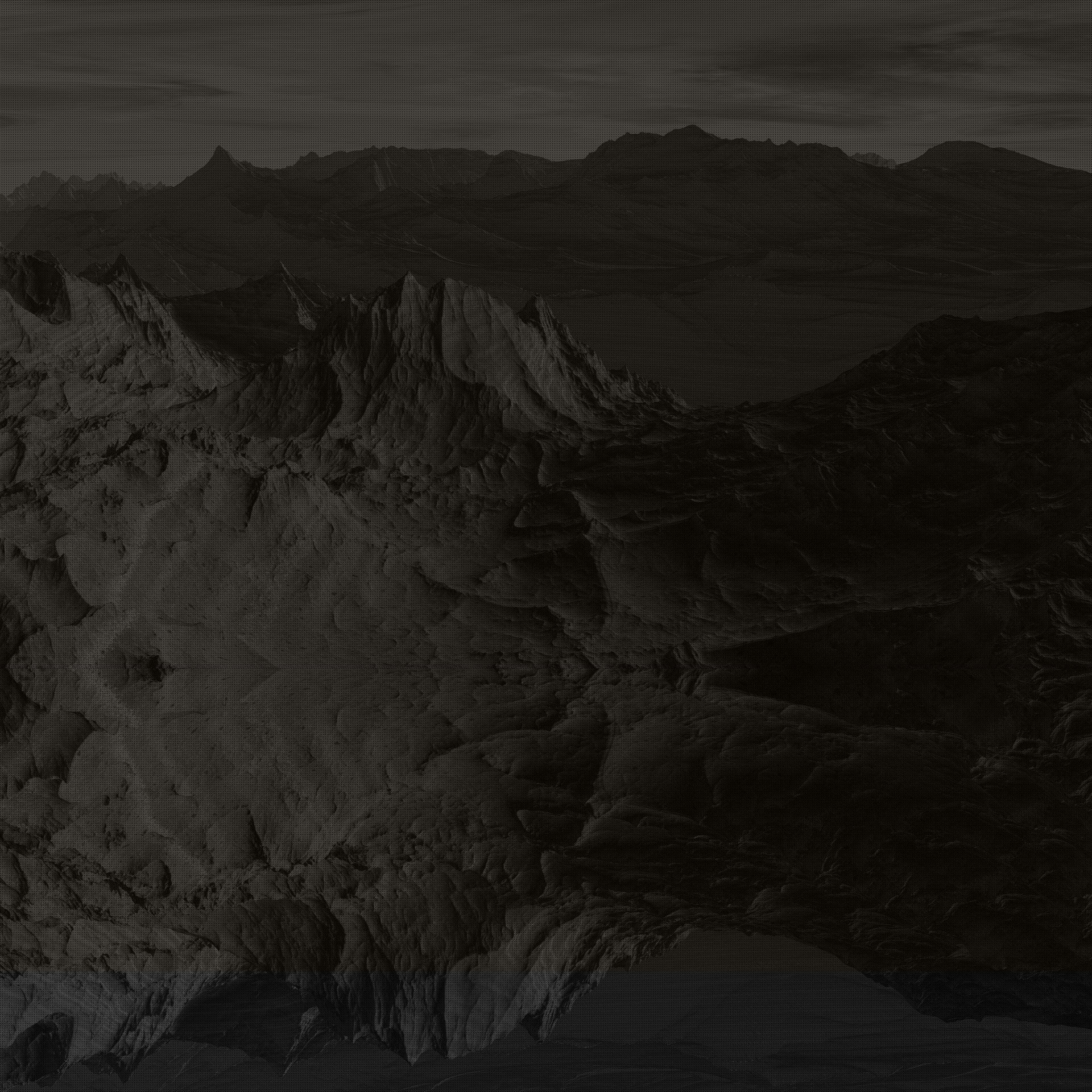
THE FUTURE IS WILD™
VR PLATFORM


Presentation platform
Target presentation platform is the Oculus
(Meta) Quest 3, fed at each station with pre-rendered sequences of highest quality by a high powered PC. Software customisation will ensure experience streamlining and a robust true plug and play solution. The VR experience will be on a proprietary locked off custom platform and not released on app stores.
User interaction
In most cases the visitor experience is passive without interaction. However at the fourth and final ‘viewing hide’ users will be able to interact with a heads up display (HUD) in ‘Minority Report’ style. For this purpose gesture recognition built into the Quest headset is to be used. At some locations the option to float through the virtual landscape on a platform or a ‘hoverbike’ will be provided.
Augmented reality options
An augmented reality App will allow visitors to create ‘selfies’ with past and present
iconic NZ birds including moa, pouakai and kea. Options for 3D AR experiences on merchandise like postcards, books, calendars will also be offered.
DELIVERY OF VIRTUAL REALITY EXPERIENCES
Visitors are guided along a walkway through the Hillocks landscape and visit four VR
‘viewing hides’ in sequence. Each offers a captivating VR experience that reveals the stories of the landscape seen from within each hide. Groups of up to 15 visitors are guided along the trail by an expert who ensures smooth operation, manages timing, and assist patrons in activating the experiences at the appropriate locations. The guided walk and VR component takes 45-55 minutes, with the site planning allowing groups to commence their experience at 20 minute intervals, so that up to three groups can be on the route at any one time.
BUILDING THE LANDSCAPE MODEL

A 360° camera setup, drone mapping in the field and satellite data will be used to generate a topographically correct model of the surrounding landscape. This will be used to ensure tracking acuity of the hardware setup. It also forms the basis in the game engine used and in which additional content and functionality are placed.
Creating photorealistic content
Using photogrammetry and photography
in the field, accurate models of rocks, trees and plants will be created and placed in the virtual landscape. This further enhances the capabilities of the system to ensure the parallax effect is stable and realistic. It also brings the virtual landscape to life.

Script and storyboards
The VR script and storyboards are refined to ensure the creation of a compelling VR experience. Detailed storyboarding will map out the sequences to be virtually ‘filmed’ and which determine camera angles and shot types. Simple cartoon-like animations will be developed to test the story tempo and cinematic sequencing. Sound element will also be designed at this stage.
Weather effects
Atmospheric effects like wind effects, blizzards and night skies (including the Aurora Australis) are created and complete the creation of the virtual landscape.
Physical effects and animal models
The giant rockfall and glaciation and its subsequent melting above the site are created. Modeling, texturing, animation and staging of high quality custom animal models including moa, pouakai (Haast eagle), kea, tui and whio are also developed.
VIRTUAL REALITY DEVELOPMENT AND TRAJECTORY
Virtual Reality technology is rapidly evolving, finding diverse applications across various industries such as gaming, medicine, education, and entertainment. With VR headsets, users can immerse themselves in simulated environments, enabling experiences like virtual meetings, data visualisation, and virtual tourism.
The future of VR is promising, with expectations of lighter and more affordable devices leading to widespread adoption. This adoption is anticipated to bring transformative changes in gaming, communication, and remote collaboration. As VR technology advances, it is expected to become an integral part of everyday life, offering novel ways for people to connect and interact.
VR in Education
VR technology is increasingly integrated into education to provide immersive and engaging learning experiences. Students can explore destinations worldwide without leaving the classroom, enhancing their understanding of various subjects. VR also inspires and captivates students, improving education by providing memorable and immersive experiences. As VR technology evolves, it holds the potential to revolutionise learning and teaching methods, offering interactive and immersive experiences.





VR IN ENTERTAINMENT
Virtual Reality technology is being used in various ways in the entertainment industry, revolutionising the way people experience entertainment. Some of the key applications of VR in entertainment include:
Gaming:
VR has significantly impacted gaming, offering users immersive experiences beyond traditional gaming.
Movies and Music:
VR is revolutionising the movie industry, creating personalised and immersive experiences for viewers. It also has the potential to transform the music industry.
Theme Parks and Museums:
VR creates immersive experiences in theme parks and museums, allowing visitors to explore fantastical or historically accurate environments.
Immersive Marketing:
VR is increasingly being used in marketing strategies to engage consumers in more immersive and interactive ways, changing the way people participate in live events and connect with content.
Virtual Tourism:
VR has the potential to enable virtual tourism, allowing people to experience and explore places that they might not be able to visit in person.
VR technology is continuously evolving, and its applications in education and entertainment are expected to grow, providing users with increasingly immersive and interactive experiences across various forms of entertainment.
